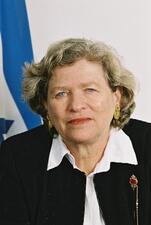
B'nai B'rith Women
Created at the beginning of the twentieth century, B’nai B’rith Women expanded its role during both World Wars. Although gender roles after World War II reverted to a more conventional structure, in the 1960s BBW shifted its efforts to reflect the antipoverty and feminist campaigns of the period.
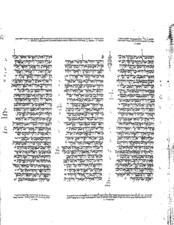
Ba'alei Ha-Nefesh
Ba’alei Ha-Nefesh is a halakhic work written by Rabbi Abraham ben David (Rabad) of Posquieres, a Provençal rabbi, in 1180. It focuses on the laws of behavior during niddah (menstruation), and lays out Rabad’s theology of self-control, sexuality, and the role of Jewish women.
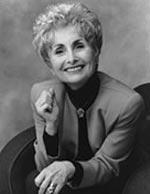
Ba'alot Teshuvah: Jewish Women Who Become Orthodox
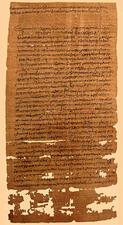
Babatha
Babatha, daughter of Shim’on, a Jewish landowner who lived in Roman Arabia, owned a document archive found in a cave in the Judaean desert. Babatha’s archive is an extremely important resource for many issues, especially on the question of Jewish women’s legal position in Greco-Roman Palestine during the second century CE.

Lauren Bacall
Lauren Bacall’s 1944 Hollywood debut in To Have and Have Not catapulted her into instant stardom. Costarring with her husband-to-be, Humphrey Bogart, Bacall soon became known for her smoldering look. Throughout her career, Bacall felt pressure to relinquish her Jewish identity but held a strong allegiance to her first-generation Jewish immigrant family.
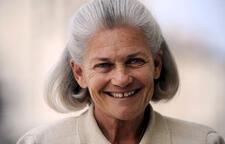
Elisabeth Badinter
Elisabeth Badinter is one of France’s most prominent and controversial philosophers. Among her most important contributions figure her numerous writings about feminism and gender relations, which emphasize the importance of “equality through resemblance,” as well as her historical works on the Enlightenment.
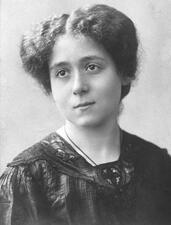
Bertha Badt-Strauss
A religious German-Jewish writer, intellectual, and ardent Zionist, Bertha Badt-Strauss was one of the first women to earn a doctoral degree in Prussia. She was a prolific writer, publishing hundreds of articles over the course of her lifetime, and was very involved in the “Jewish Renaissance” cultural movement. She was dedicated in particular to illuminating the diverse experiences of Jewish women past and present.
Edith Jacobi Baerwald
Edith Jacobi Baerwald devoted her energy to philanthropic organizations, but she also loved connecting directly with the people she helped through her volunteer work at settlement houses. She considered volunteer work a social obligation and poured her time and tireless energy into numerous projects.
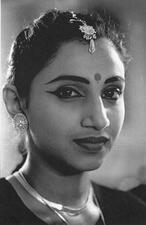
Baghdadi Jewish Women in India
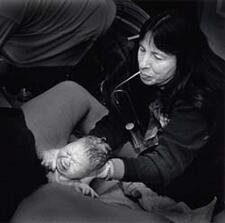
Alice Bailes

Cora Baird
In a reverse of the usual sequence of events, Cora Eisenberg Baird started playing with dolls when she grew up and married puppeteer Bil Baird. They performed at the 1939 and 1940 World’s Fairs and in the 1941 Ziegfeld Follies. They created educational and public service films and founded the American Puppet Arts Council.
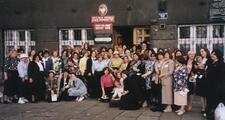
Bais Ya'akov Schools
Bais Yaakov is a network of schools and youth movements for Orthodox girls, which was founded in Krakow, Poland, in 1917 and grew into a system of hundreds of schools in Poland and beyond. It quickly rebuilt after the Holocaust and thrives today in Orthodox communities around the world.

Eugenie Baizerman
Artist Eugenie Baizerman rarely exhibited her work and never sold a painting during her lifetime. According to her husband, sculptor Saul Baizerman, although she sought a quiet life to focus on her work, she nevertheless experienced an inner turmoil that manifested itself in the free, expressionistic colors of her canvases.
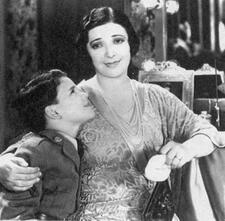
Belle Baker
Belle Baker has been described as a famed torch singer and vaudeville star, as well as a Yiddish, Broadway, and motion picture actor. Among the songs associated with her are “Eli Eli” and “My Yiddishe Mama.” Her resonant voice made her the first choice of many composers to debut their songs, and she helped to introduce 163 songs to the public throughout her career.
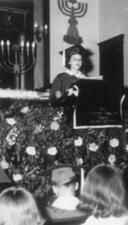
Elaine DeLott Baker
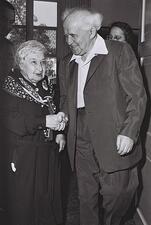
Angelica Balabanoff
Rebelling against her privileged upbringing, Angelica Balabanoff embraced socialism and rose to become one of the most celebrated activists and politicians in the early decades of the twentieth century, becoming especially involved in the Italian socialist movement.
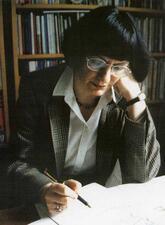
Zsófia Balla
In Hungary, Zsófia Balla is considered one of the greatest women poets. Her lyricism is mixed with grotesque playfulness along with fragmented, ironic, prose-like sequences. Due to her outspoken and down-to-earth character, she plays a large role in shaping contemporary Hungarian literature.
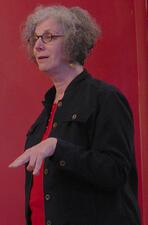
Diane Balser
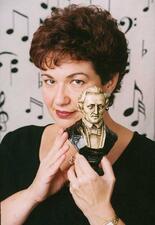
Astrith Baltsan
Golde Bamber
Golde Bamber envisioned and institutionalized new educational structures to serve Jewish immigrant communities in Boston in the late nineteenth and early twentieth centuries. She served as director of the Hebrew Industrial School for Girls for forty years. Bamber’s pioneering work influenced settlement house, vocational, Jewish, and nursery school education in Boston and beyond.
Florence Bamberger
Educational administrator, professor, and author Florence Bamberger devoted her life and career to developing and implementing her progressive views on teaching. Her commitment to supervisory models of pedagogy continues to influence schools of education today.
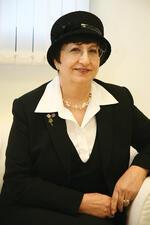
Adina Bar-Shalom
Adina Bar-Shalom defines herself as a Haredi woman, not a feminist but a go-getter. She is involved in and has initiated Israeli cultural, public and political activities in conjunction with secular organizations and activists and has participated in many social fora.
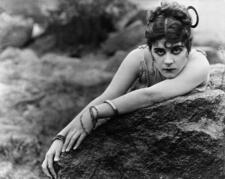
Theda Bara
Theda Bara was a film icon of sensuality and the exotic for generations. Bara’s magnetic performance in her debut film A Fool There Was made her an overnight success, and between 1915 and 1919 she starred in over forty films. Unfortunately, Bara’s dark exoticism was short-lived and she was passed over in favor of more “wholesome” starlets, but she remains a cinematic icon.
Baraita de-Niddah
A rabbinic text about the ritual laws relating to menstruation, Baraita de-Niddah has a mysterious origin and an unknown impact on the interpretation of Jewish law about menstruation.
